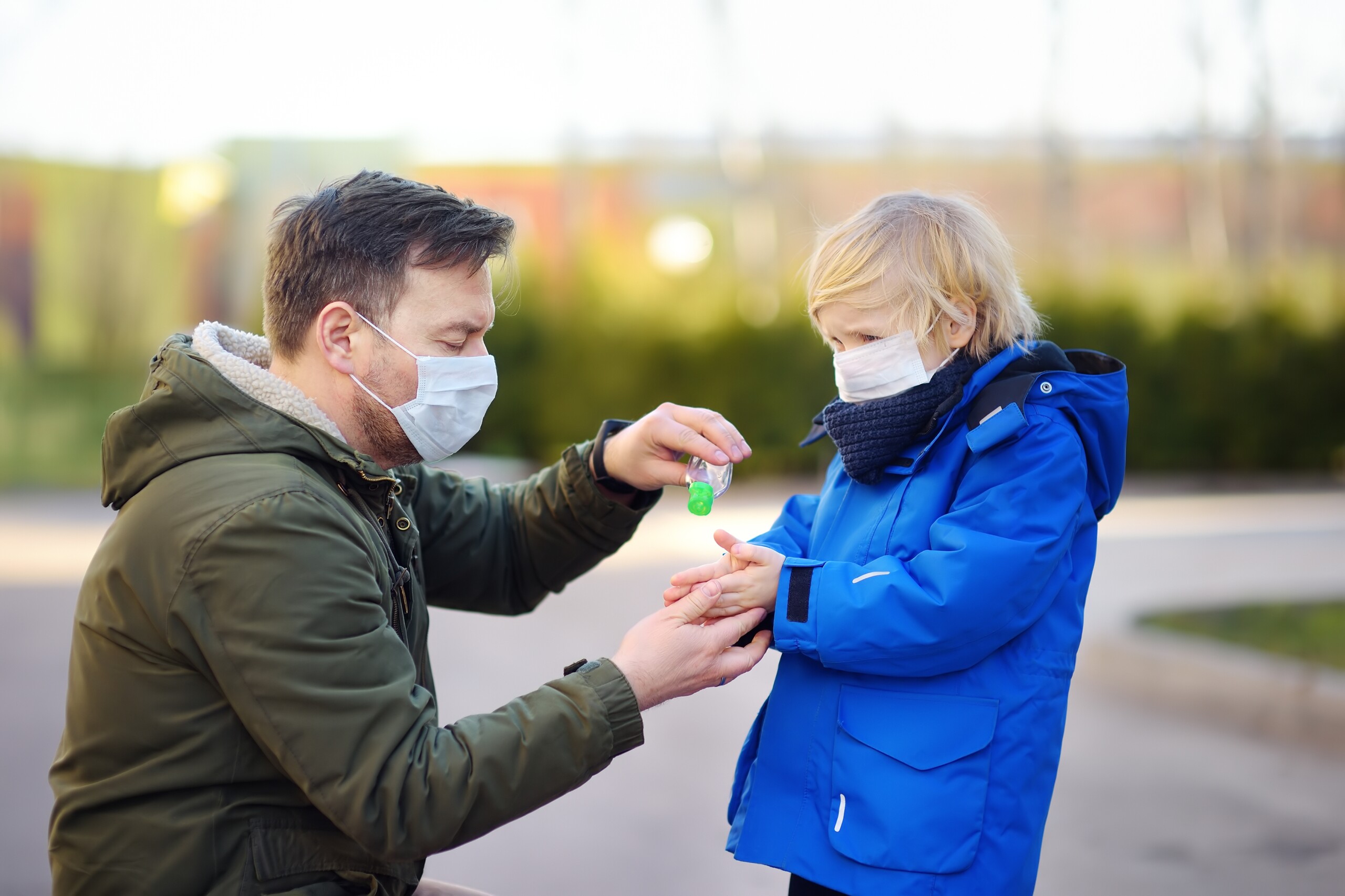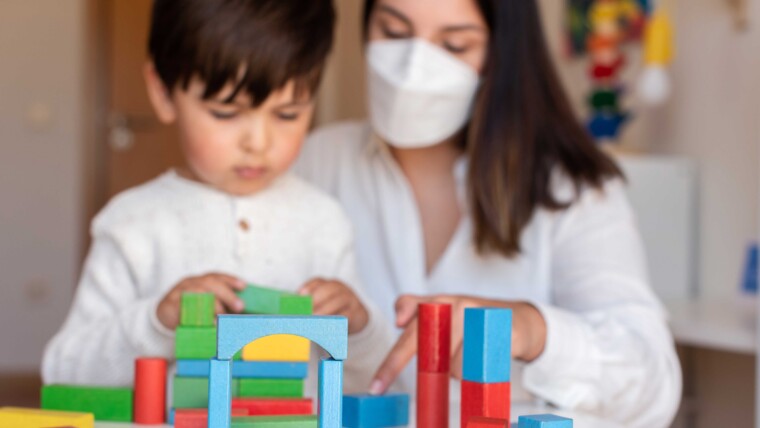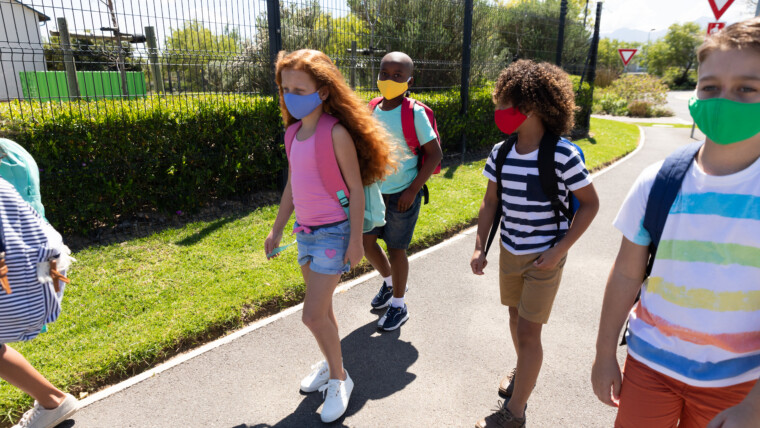Since 2019, we have all felt the impact of the COVID-19 pandemic. It required us all to rethink and rearrange life as we know it. The differences between then and now can sometimes feel extreme, and sometimes it can feel subtle.
As we move forward, some of the longer-term effects have begun to take priority in our minds.
Not least among these is how the environment has changed for our children.
Virtual learning is more widespread than ever before; the tradeoffs of this can be many and varied.
Our daily life has changed, from the way we behave (more cautiously) to the way we look (normalizing face masks), and everywhere in between.
It’s important to understand how this might impact a child – especially the very young. Children may begin to act out, or express fear and dread more frequently. They may be somewhat delayed in their social development, having lived under quarantine early in their lives.
Here are some of the major points that research has taught us:
1. In short, very young children can’t understand the specifics of what is going on around them.
The idea of a life-threatening virus is a concept that developing minds simply can’t process. Likewise, the scale of a global pandemic is too large for most young minds to understand. Trying to explain the finer details won’t necessarily help or hurt them to do what they do best – learn and grow.
2. Children will, however, pick up on our response to the pandemic.
The world may be scary and uncertain to adults, but it’s important to try your best to remain a calm and steady force in their lives. Reassure your children that they are safe, and try to speak in a level and affirming tone of voice.
Try to avoid speaking in a way that blames others, which can lead to stigma, and teach a child to be fearful of others.
And lastly – but most importantly – try to be patient.
Most of the time, questions are simply that: questions. Children are naturally curious, and it’s good to remember that their concern is a good sign. They are tuned into you at all times.
3. Children are tuned into you – but also to everything around them.
Especially during extended hours inside, the temptation to hand a child a tablet or device is high. If that’s the case, try your best to monitor what he or she is watching. And if you’re watching or listening to a news program, try to identify the “alarm” level. In a 24-hour news cycle, even a standard broadcast can be scary.
And it might surprise you to learn that too much information on one topic – any topic – can lead to anxiety.
4. It’s good to give children the space to speak.
We covered some of this in point 2., but it’s worth repeating: listen to your child.
Most of the time, a child is not in control of his or her environment. Even in conversation, a child naturally listens as a parent or teacher speaks.
Some activities to get the ball rolling:
-Giving a child a “yes” day – one in which the one rule is to say “yes” as often as you can – is a good way to start.
-You might be surprised what you can uncover with a “3 questions” bonding exercise. The rules are simple: tell your child that you will answer three questions, and let him or her know that you will answer honestly. As adults, we know that “honesty” can be tricky – use your best judgment. And remind them that “I don’t know” is a perfectly acceptable answer.
Give your child room to question and grow alongside you, and you will see the rewards.
5. Finally, remember that children are still developing, and far more flexible than we are.
It’s a comfort to know that, more often than not, children cope with change better than adults do.
They are strong and resilient, and they are learning all the time.
Providing a caring and comforting environment is one of the best ways to know that you’re doing a good job.
For more information on coping with COVID-19 in your daily life, visit the CDC’s page dedicated to just that.




